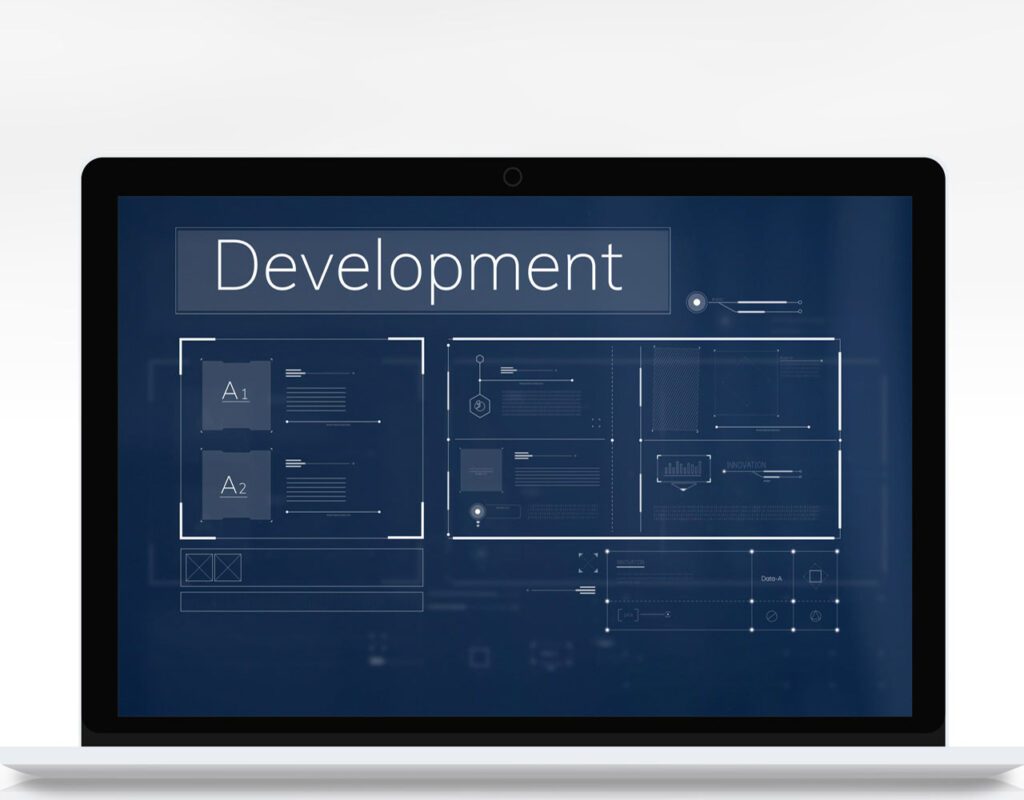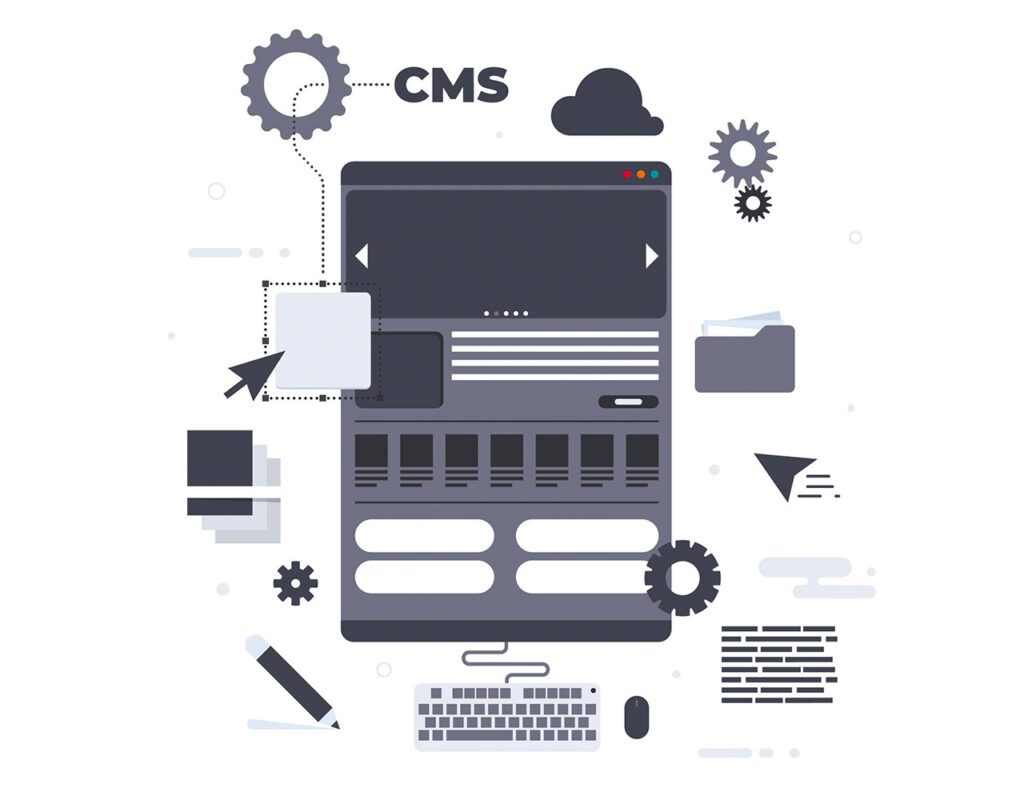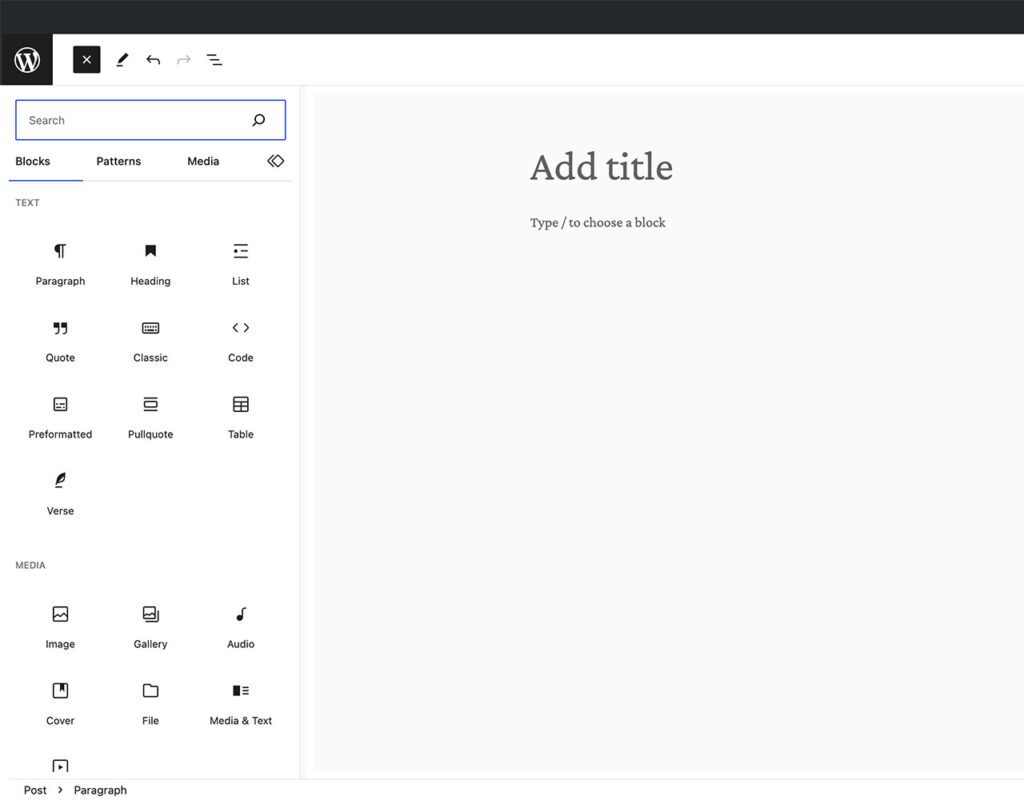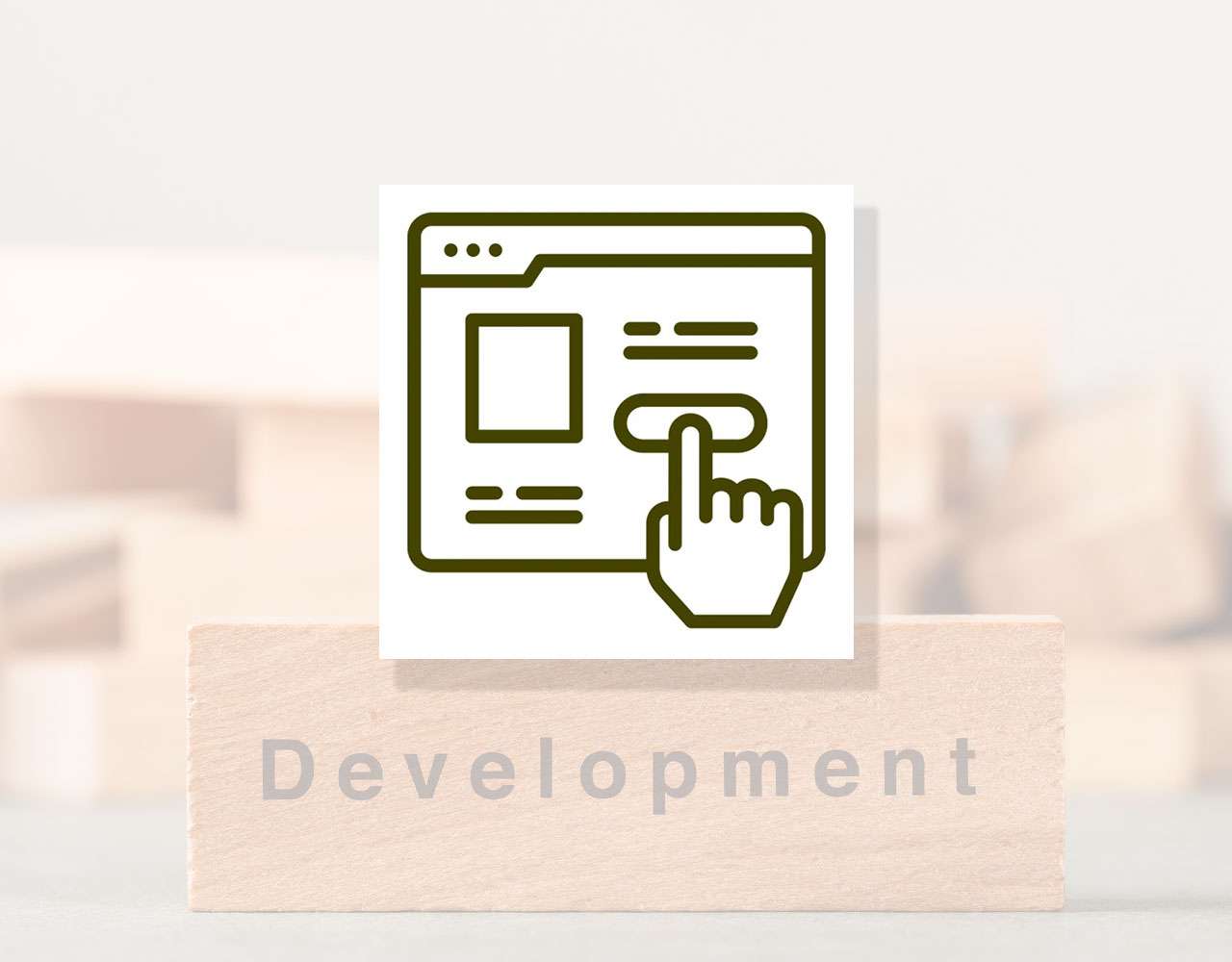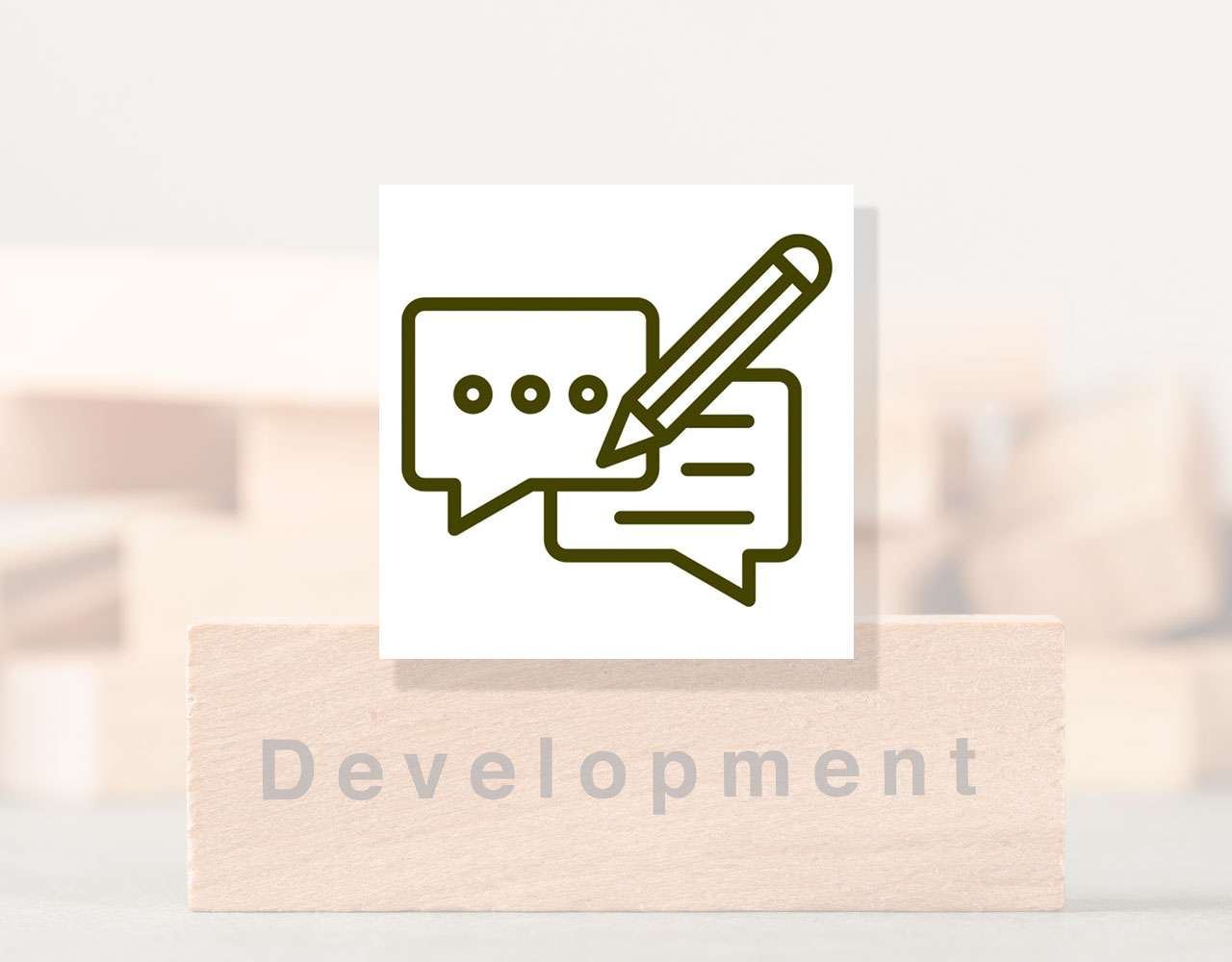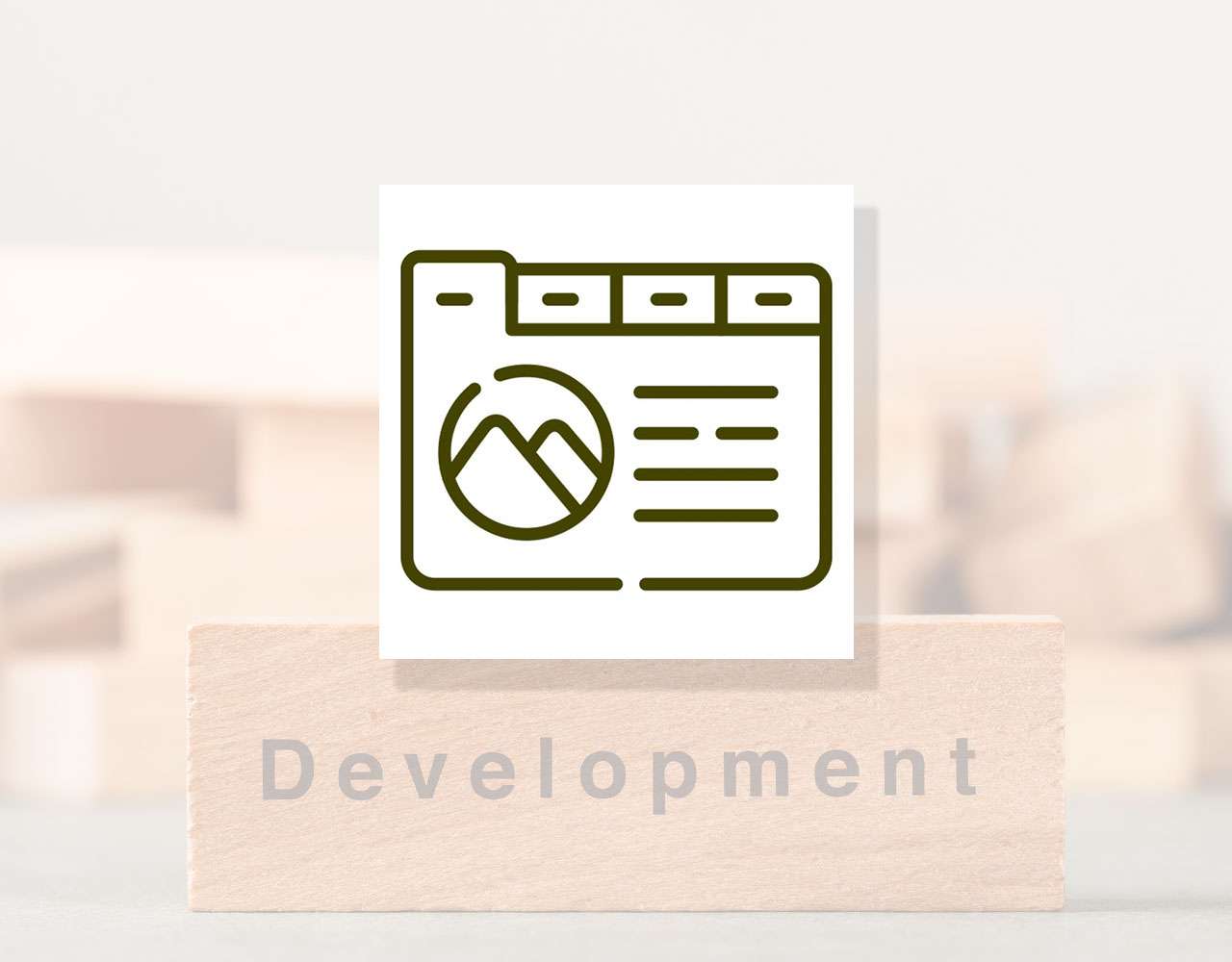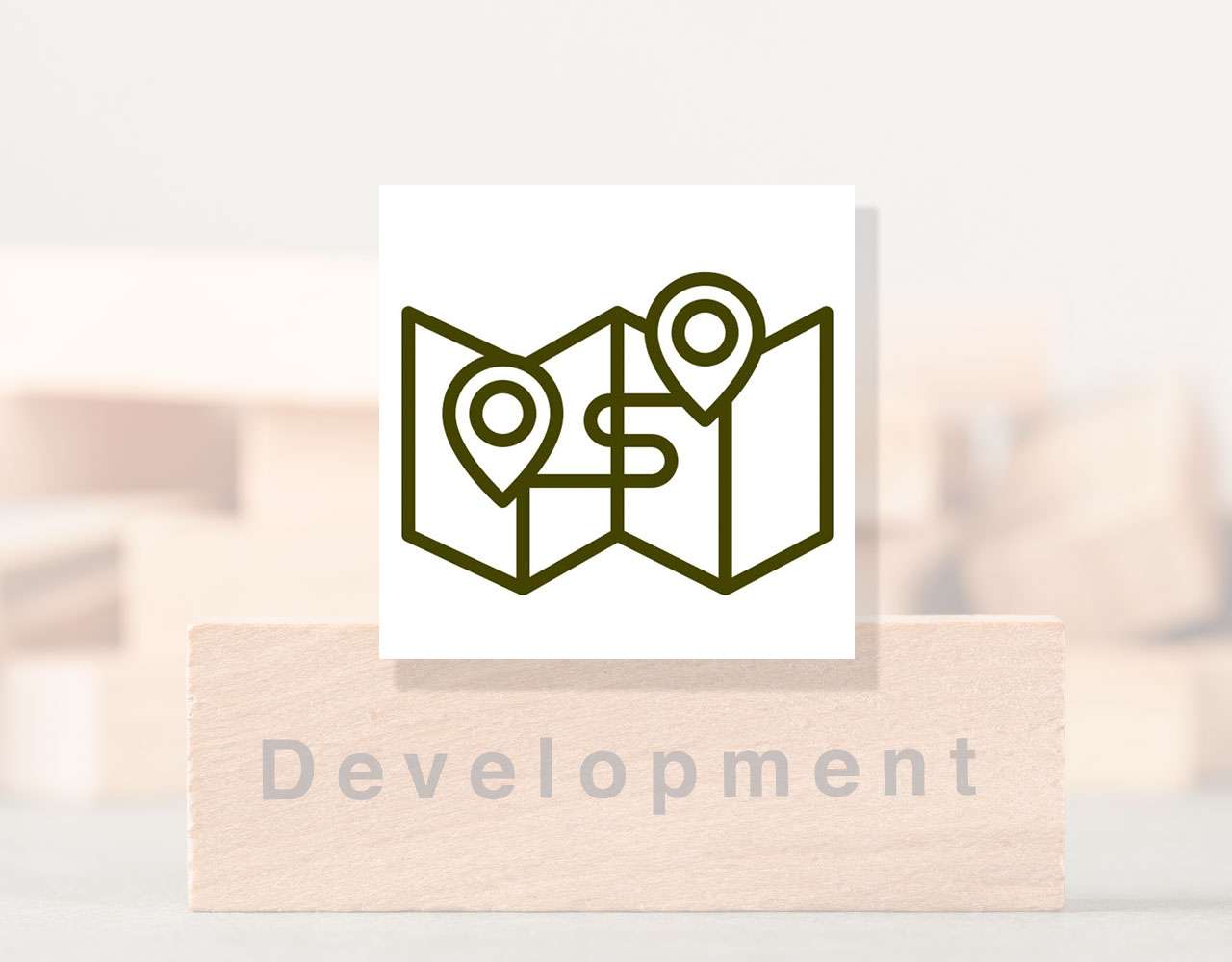Empowering WordPress Websites By Unveiling the Art of Crafting Custom Blocks for Unique Design
In the realm of WordPress development, the evolution of the Gutenberg editor has revolutionized website creation, ushering in an era of enhanced flexibility and creativity. As the demands for distinct and personalized web experiences surge, the significance of custom blocks in WordPress cannot be overstated. These bespoke elements serve as the cornerstone for crafting unique designs and functionalities, thereby empowering site owners to stand out amidst the digital landscape.
The Importance of Creating Custom Blocks on Request
Every website has its own story to tell and its objectives to achieve. Generic solutions often fall short in meeting the diverse needs of site owners who seek a distinct digital presence. Custom blocks come to the rescue, offering tailor-made solutions that align precisely with the vision and requirements of a website.
These bespoke blocks allow developers and designers to transcend the limitations of standardized templates, enabling the integration of specific functionalities and design elements. By creating blocks on request, developers can cater to unique demands, whether it’s a specialized booking system, a dynamic pricing display, or an interactive content showcase. This personalized approach fosters innovation and ensures that the website resonates authentically with its audience.
PHP, coupled with the Advanced Custom Fields (ACF) Pro plugin, emerges as a robust toolkit for crafting custom blocks in WordPress. PHP, being a server-side scripting language, empowers developers to create dynamic and responsive functionalities. Its integration with ACF Pro unlocks a realm of possibilities by facilitating the seamless management of custom fields, making data handling and manipulation more efficient.
ACF Pro catalyzes simplifying the process of block creation by offering an intuitive interface. Leveraging its flexible field types and extensive options, developers can swiftly design and implement custom blocks tailored to specific project requirements. The synergy between PHP and ACF Pro streamlines the development process, ensuring efficient and optimized performance while maintaining scalability.
The integration of Javascript and jQuery injects interactivity and dynamism into custom block development. These front-end scripting languages empower developers to create engaging user experiences and interactive elements within the WordPress environment.
Javascript, renowned for its versatility and functionality, enables the implementation of complex features and functionalities within custom blocks. Whether it’s crafting a dynamic slider, a real-time search functionality, or an interactive map display, Javascript amplifies the user experience by introducing fluid and responsive elements.
jQuery, with its simplified syntax and powerful libraries, complements Javascript by simplifying DOM manipulation and event handling. Its lightweight nature and extensive plugin ecosystem expedite development, allowing for the seamless integration of animations, AJAX-based functionalities, and more within custom blocks.
The amalgamation of PHP/ACF and Javascript/jQuery in crafting custom blocks not only caters to the unique needs of website owners but also empowers them to redefine their digital footprint. The ability to design bespoke elements that resonate with the brand and audience elevates the website’s functionality and aesthetics, ultimately driving engagement and conversions.
By embracing the synergy of PHP, ACF Pro, Javascript, and jQuery, developers can elevate websites to new heights, ensuring a delightful and personalized user experience that captivates audiences and amplifies engagement.

